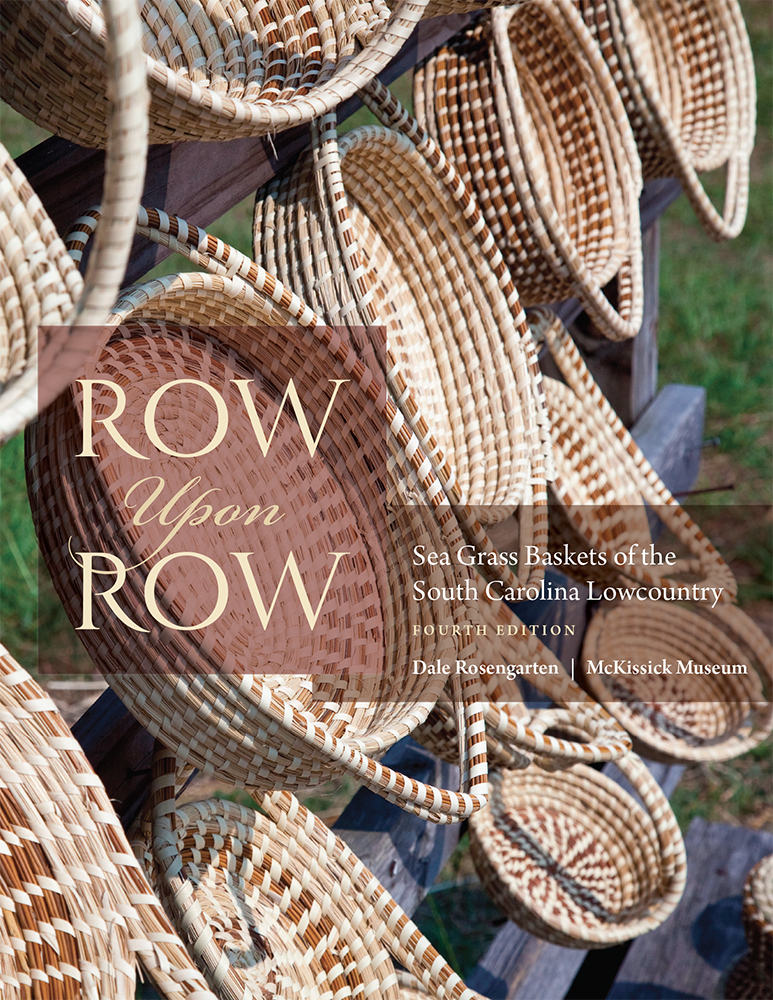
Size: 8.5 x 11
Pages: 96
Illustrations: 130 b&w photos
Dale Rosengarten and McKissick Museum
The inclusion of this book in the Open Carolina collection is made possible by the generous funding of
"Dale Rosengarten has done an admirable job in providing technical information on grasses and rushes, sewing techniques and tools, and basketry typologies, but most importantly in setting this 300-year-old tradition into its political and historical context. Row Upon Row is richly illustrated with reproductions of documentary watercolors, photographs, and advertisements. It is recommended to anybody interested in basketry, social history, and an interesting twist in the commodization of ethnic art."—Museum Anthropology
"Row Upon Row remains the single indispensable book on Lowcountry basket makers and their art of coiled grass basketry. A classic that also speaks to contemporary issues, this book is a fascinating guide into the worldview of these extraordinary artists and their work."—Fath Davis Ruffins, Smithsonian National Museum of American History
"Row Upon Row is as distinctive and deep as the sea grass basketry that Dale Rosengarten describes. This welcome edition of her graceful, pioneering book shows a new generation why Lowcountry baskets—and the patient, gifted African American women who have made them—deserve our undying admiration and respect."—Peter H. Wood, author of Black Majority and Strange New Land: Africans in Colonial America
"Dale Rosengarten's scholarship is as enduring and vital as the basket-making heritage she chronicles. By weaving the historical and cultural significance of this unique art form with a love and admiration for its community of creators, she gives us an invaluable resource. Like the basket-sewers, Rosengarten is a national treasure."—Stephanie Hunt, Journalist and writer
"Dale Rosengarten adds another star to the constellation of her volumes that celebrates the enduring and evolving African coiled basket tradition. This fourth installment of Row Upon Row is a must have for serious and casual observers who want to understand how this centuries-old art form, facing new threats due to development, binds families and community."—Herb Frazier, Gullah journalist and author
Copyright 2025
Website By Morweb.org